Sierra Hotel, I say!!!!!!!!!!!!!!!
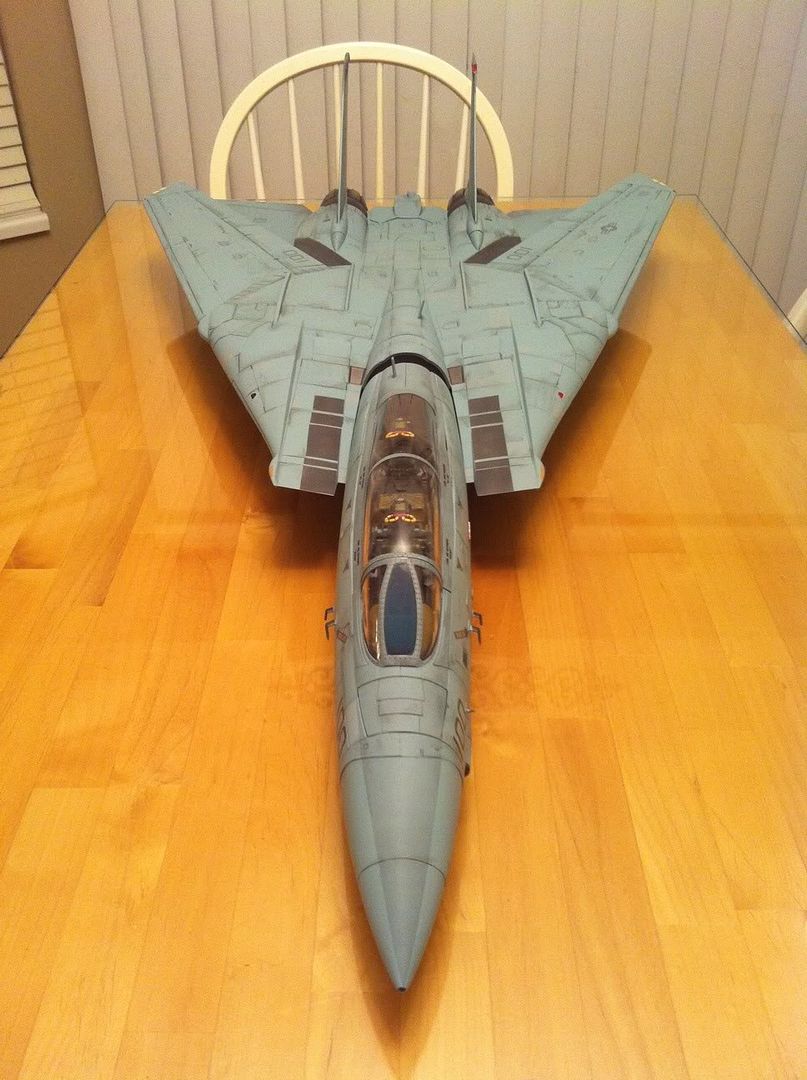
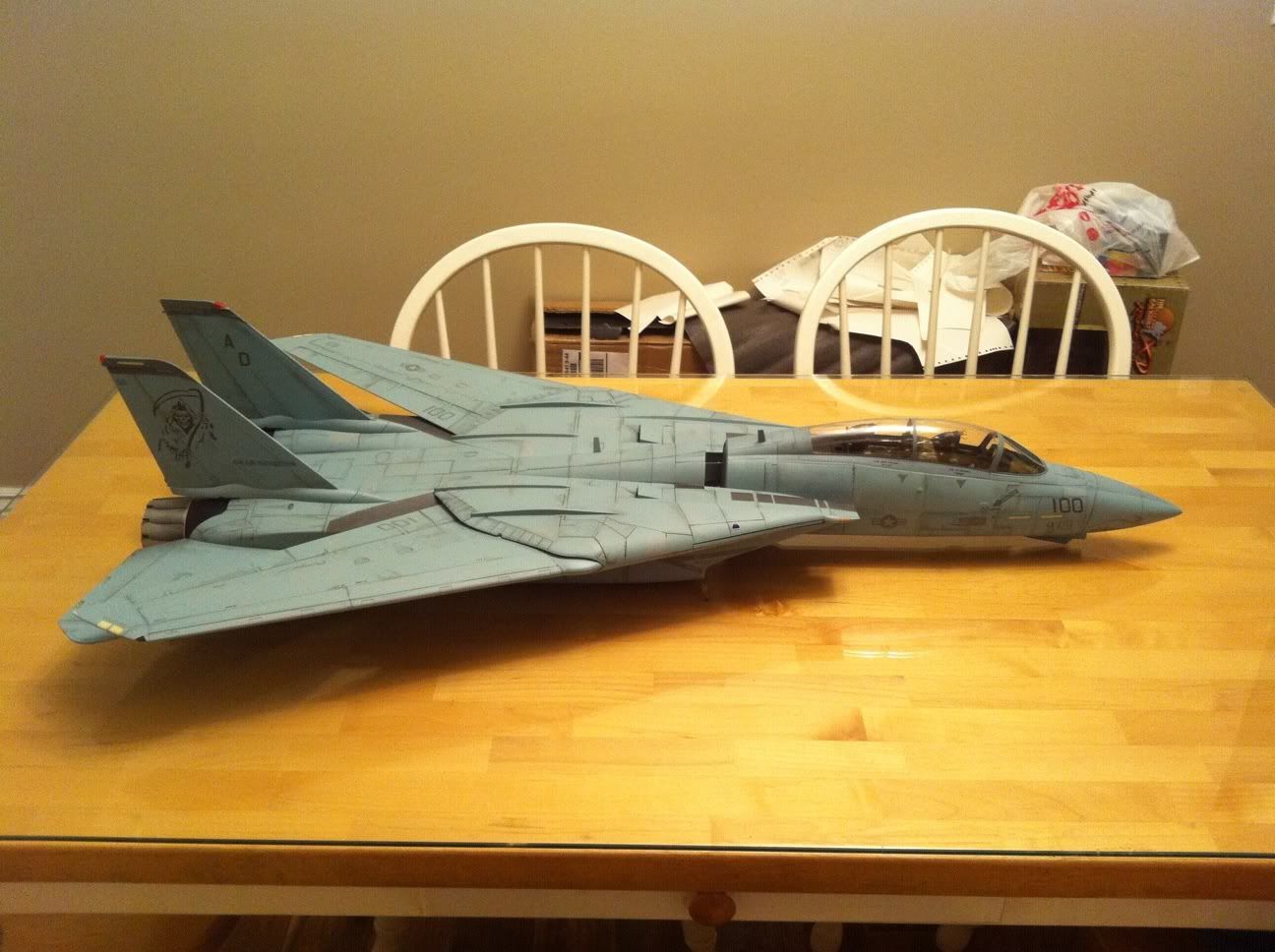
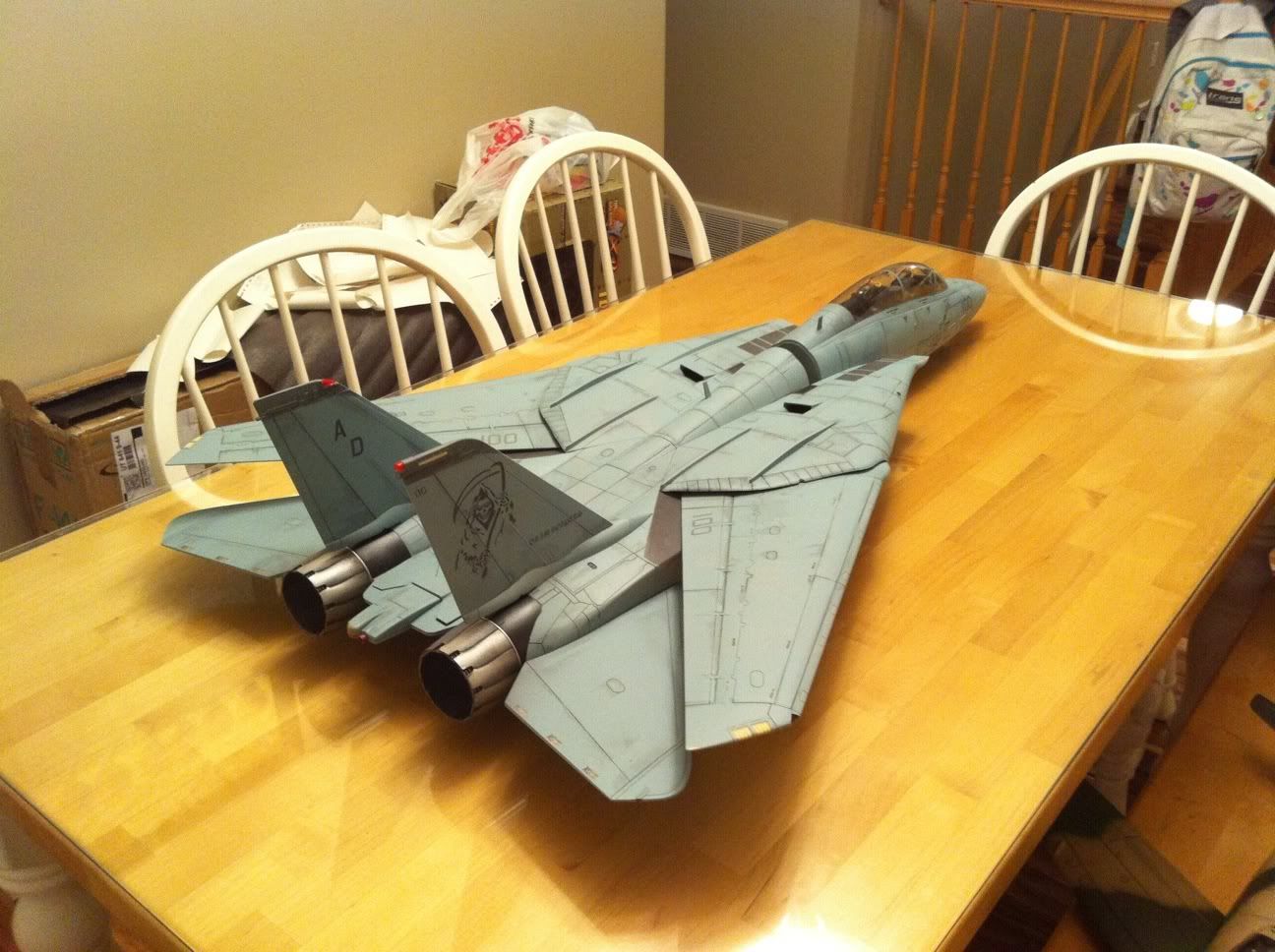
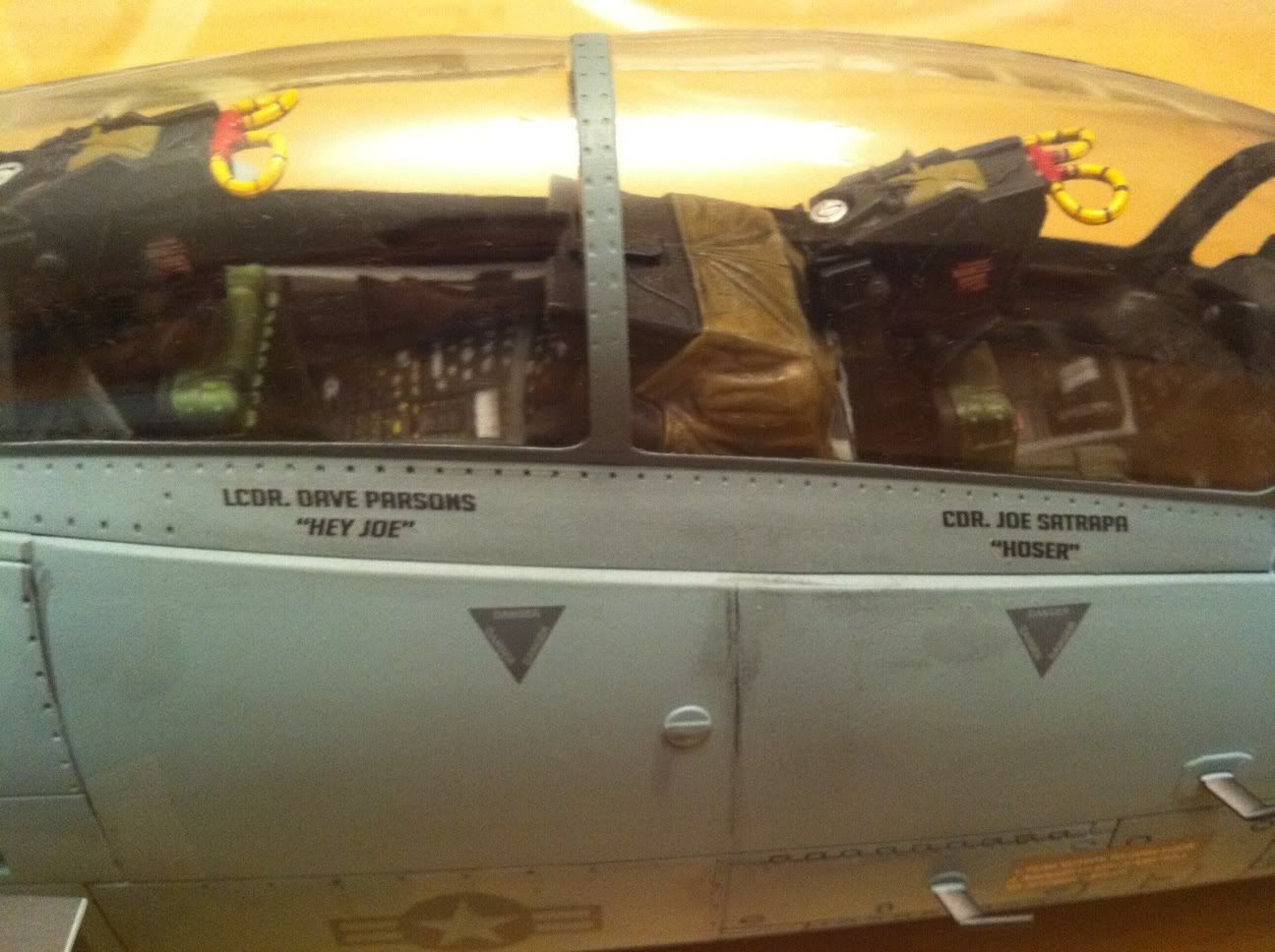

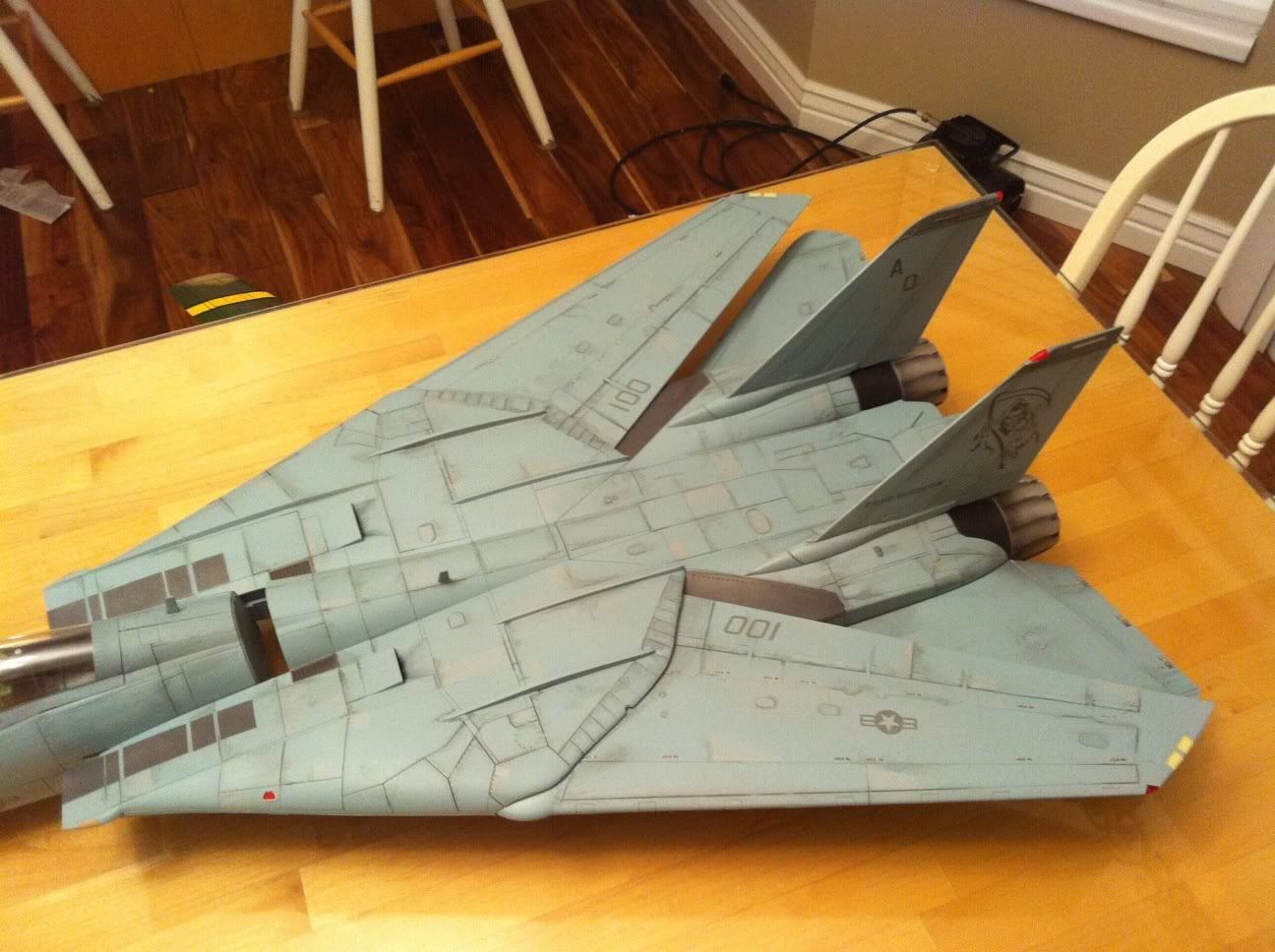
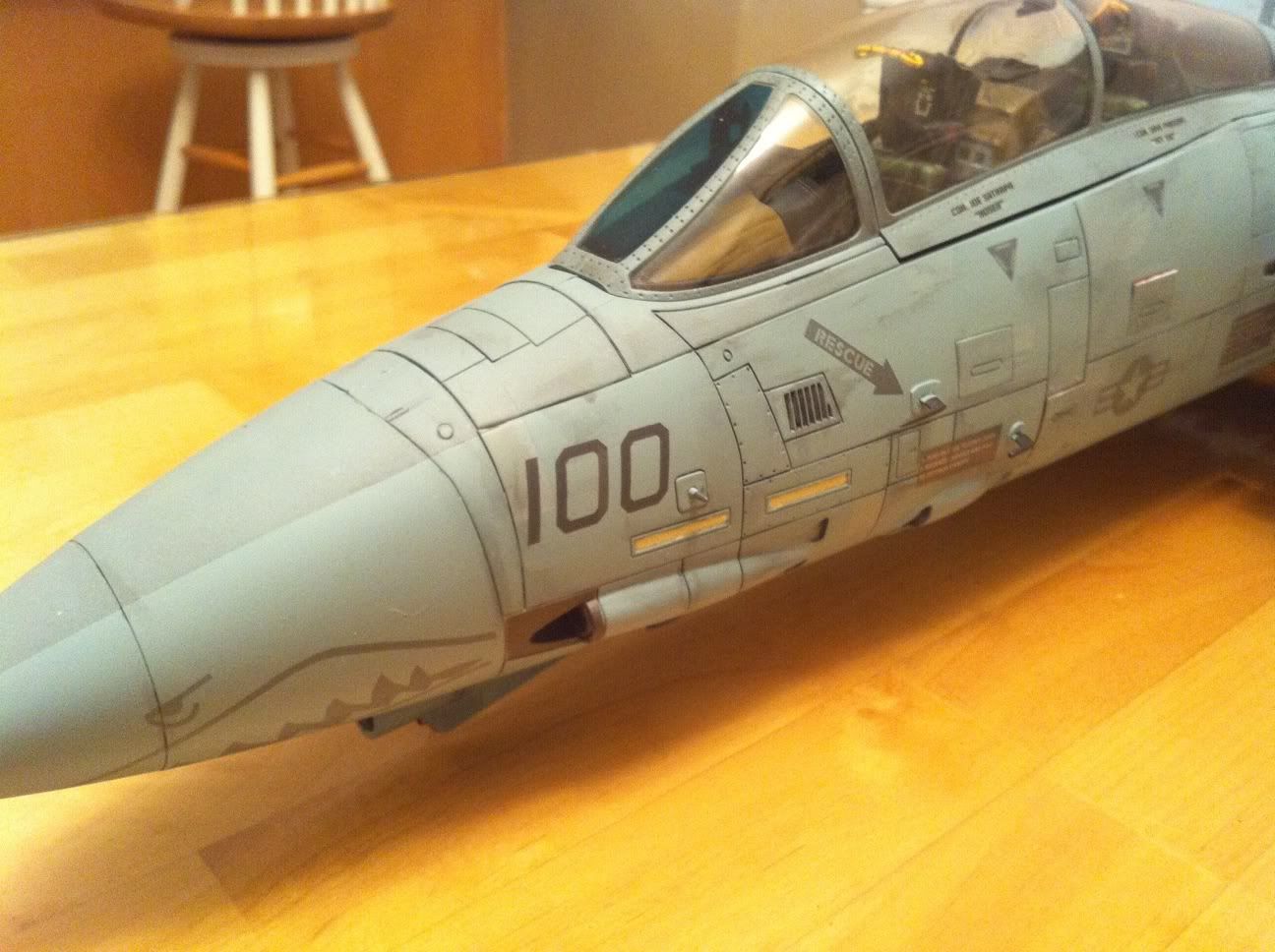


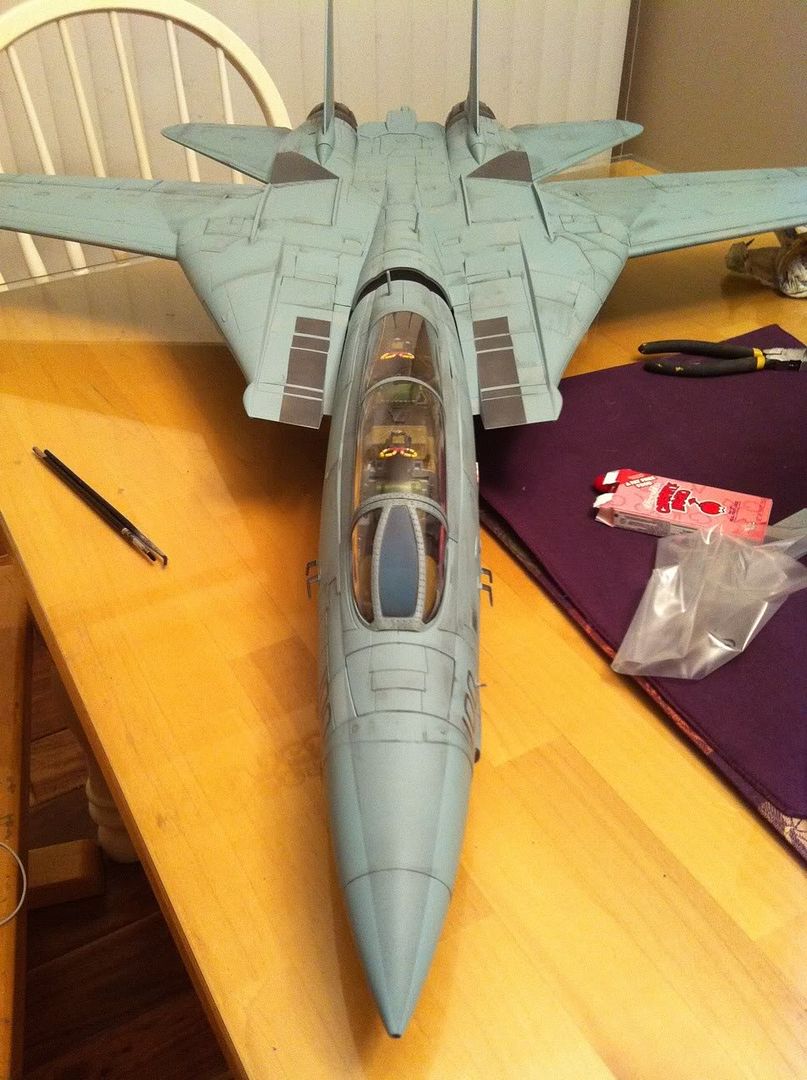
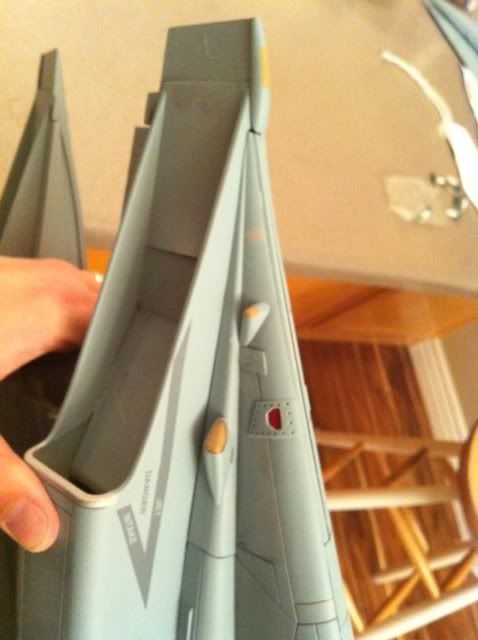
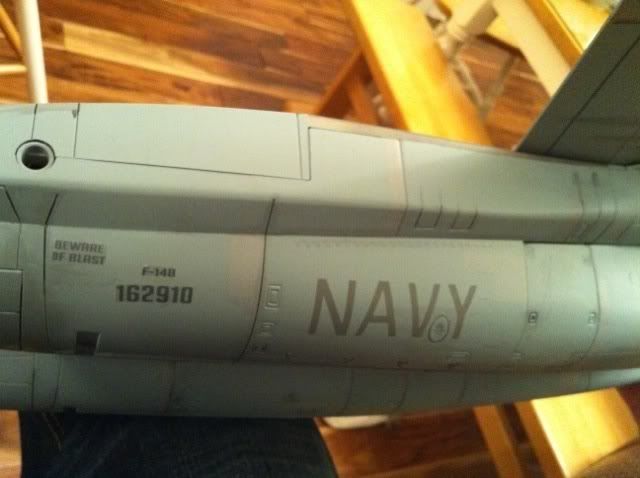
VF-101 Home coming! Thank you Zach!!!!!!!!!!!!!!!!!!














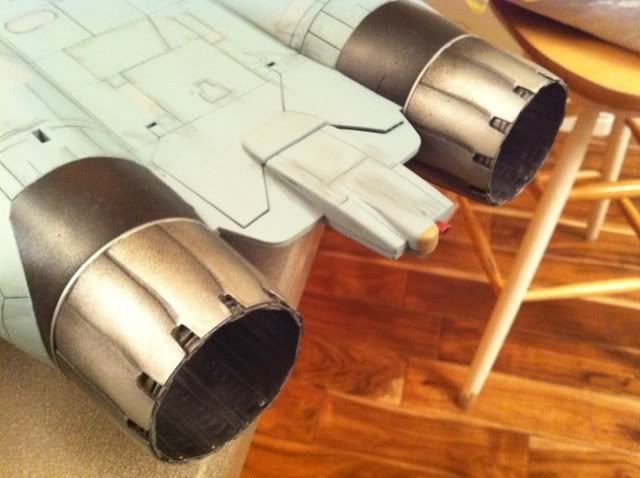

VMF115 wrote:Custom Low vis VF-101 F-14B done by TKO.
Sierra Hotel, I say!!!!!!!!!!!!!!!




Here are the Enginestko211 wrote:I skipped a couple cool steps. The engine shrouds have been filled in and repainted a metallic black / grey to simulate the carbon mesh areas. Also as with my pukin dogs. This Reapers features special glow in the dark paint on all the electro-lumin strips on the nose, tails, and wing tips. By day they are the creamy yellowish green color. At night, (if charged by sunlight or black light) they glow a bright blueish green color. Pretty nifty stuff.




Now, this is no ****! Towards the end of the AIM/ACE -- EVAL, things had heated up between the Eagle and Turkey pilots. At the Nellis O’club many innuendoes and challenges had been thrown out as a result of the high profile dog fights between the Tomcat/Eagle Blue Force and the F-5Es. The Blue Force F-15 drivers were threatened with a court martial, flying rubber dog **** outta Hong Kong and having their birthday taken away if they even thought about locking horns with ACEVAL Tomcats.
When the test sorties were finally over, a couple of F-15 instructors in the 415th training squadron took the bait. “Turk” Pentecost and I were a section. Turk was not nearly as cocky, arrogant and boisterous as D-Hose, but just as aggressive, smart, devious and just as good a stick. We briefed a very wide hook, an altitude split of 10k ft. and a radar sort @ 25nm by Bill “Hill Billy” Hill and “Fearless” Frank Schumacher. All pre-merge heat and radar missiles didn’t count. It was GUNS only at the merge. The wide hook enabled Turk and D-Hose to split the fight into (2)1v1’s, with one Turkey high, one low and lots of lateral separation.
As Hill Billy and D-hose closed for a 250ft, guns kill on their Eagle, the comm went like this:
D-hose: "Where are you Turk?"
Fearless: "Right above you Hoser"
D-hose: "We got two cons! Who’s out front?"
Turk (mildly offended): "Who do ya think?"
Both Eagles were gunned, “knock it off” was called, and the Tomcats RTB’d with a 500 knot, 6.5g, half second break at Nellis…cuz
that was our salute and tribute to our fine VX-4 maintenance personnel.
Knowing the gun camera film would be destroyed by the Nellis Photo lab, it was covertly sent to a secret contact at Grumman for processing. Bout a month later, December 6, the door slams open and General Knight, with 2 of his staff, doggie wobble heads entered demanding to know “who and where are Hoser and Turk?” Falcon (J.W. Taylor), OinC, stepped up asking if he could be of assistance. The General respondes with, “Your fighter jocks have no idea how their playful antics affect important political decisions!” Well, as General Knight proceeded to explain, Japan had contracted for twenty one F-15s, but an article in Aviation Week had talked about the F-14 being superior to the Eagle. With gun camera film to prove it, Japan was considering buying F-14s instead.
The General told JW he wanted ALL copies of the gun camera film, the TVSU/VCR tapes, and audio recordings on his desk by 0900 the next day. He was obviously pissed when he arrived, but as a result of the humility and contrition displayed by Turk and D-hose, he was satisfied that his mission was accomplished. Of course, D-hose and Turk didn’t want to embarrass the F-15 community, and they never mentioned the incident again…UNTIL NOW! ……. A few months later at a VX-4 at JW’s , D-Hose sez “Hey Falcon, I know ya got a copy of that 16mm gun film,,,, how bout it? JW bugs for a few and returns with film I have in my hand right now.
PS: The 8” x 10” single frame of the 16 mm gun film on my bulkhead in my ‘ war room’ shows a F-15 thru a F-14 HUD, radar lock, @250ft, Vc zero, piper on the pilot’s helmet, gun selected, No X over the ‘G’ = master arm on = half detent on trigger depressed, (which activates gun camera and opens the gun gass purge doors) with… Zero rounds remaining……. Good Thing!!!
VR D-Hose, HAARRR!
Here is the original image from the Tomcat gun camera...
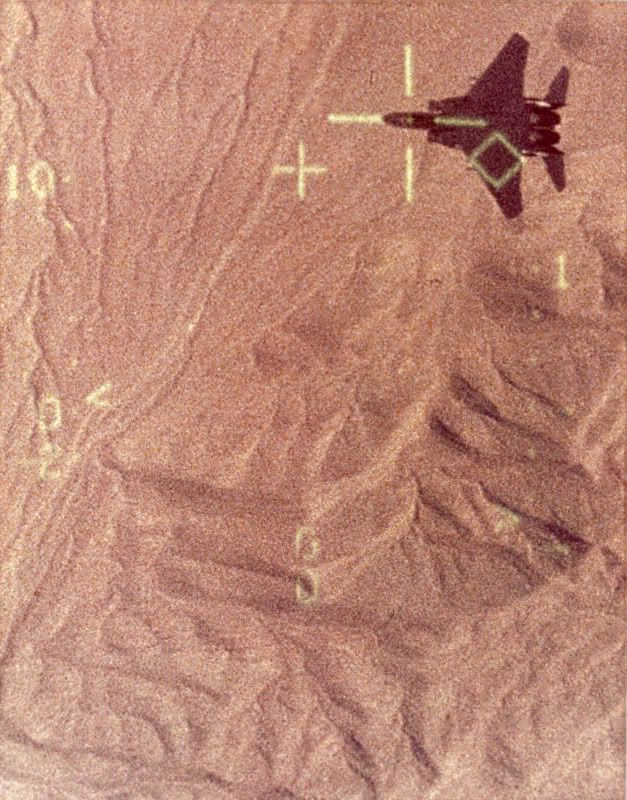


By 1979, all Tomcats were equipped with the TF30-P414 that had the steel lining that acted as a protective shroud to protect the aircraft if the turbine blades began separating. In 1981, the “best” TF30 variant (the TF30-P-414A version), became available giving aircrews a reasonably reliable powerplant that still had to given due caution throughout the F-14 envelope. Pilots routinely referred to having to fly the engines vice the aircraft. The solution that had yet to arrive was a more powerful and reliable motor, but that quest had not been forgotten. While flying with Joe Satrapa at NAS Oceana, SECNAV Lehman experienced the engine stall problem up close. Satrapa commented, “See what we have to live with!” The experience paid off as General Electric had by then developed an engine for the B-1 Bomber that could be adapted to the needs of the Tomcat. The USAF and USN both leveraged this core engine design to develop the F101-Deriative Fighter Engine (DFE). The F-14B prototype aircraft used for F401 testing was resurrected from storage and equipped with a F101 motor. The first flight occurred on 14 July 1981. The Navy test pilots were ecstatic with the improved performance and General Electric was contracted to develop the F110 version, which took the core design of the F101 and borrowed the fan and afterburner design of the smaller GE 404 engine developed for the F/A-18 Hornet. The F110 was ready for prime time in 1986 and the same F-14B prototype was equipped with two F110-GE-400 engines making its first flight on September 29, 1986. Enough engines were procured to equip five additional Tomcats for Research, Development, Test and Evaluation (RDT&E) flights.
By the early 1980s, Navy pilots with aerial gunnery skills were in short supply. Hoser’s F-8 had left USN service in the mid 1970s, and the F-4 Phantom, the fleet’s mainstay fighter from that decade, lacked a gun. As the Navy replaced Phantoms with F-14 Tomcats, few pilots had the expertise needed to exploit the new aircraft in close-range air combat. Yet in 1985, just when the Navy needed his knowledge the most, Hoser was forced by regulations to retire as a LCDR.
Shortly thereafter, Secretary of the Navy John Lehmann, himself a Naval Aviator, asked a group of Navy fighter pilots what he could do to help them the most. “Bring back Hoser!” was their response. A presidential order by Ronald Reagan ensured that Hoser returned to service in February 1986, assigned to the Navy’s Fighter Weapons School, Topgun, with the rank of Commander. Lehman himself handed over the Silver Leafs on the day when Hoser was welcomed back into the US Navy.
Hoser describes his role of training Navy pilots in dogfighting as “taking them into a (virtual) phone booth and beating the hell out of them during the first flight engagements.” Many pilots had their egos cracked during these training sessions, then rebuilt as Hoser showed them new skills. His motto was “There’s no kill like a guns kill,” a viewpoint he maintains to this day. Many current US Navy pilots own their lives to his education and remember the useful lessons imparted for life by Hoser’s unconventional but effective training methods.

Dave Parsons
Dave was commissioned into USMC and later transferred to USN after serving a Pentagon tour as a TACAIR Analyst in the Office of the Chief of Naval Operations. After joining his first fleet Tomcat Squadron, VF-102, he flew off USS AMERICA from 1982-1986 and participated in two North Atlantic NATO deployments in 1982 and 1985 (Northern Wedding and Ocean Safari) and three deployments to the Med/IO in 1982-1983, 1984 and 1986 including Operation Eldorado Canyon in the Gulf of Sidra. He left USS AMERICA with over 500 traps in his logbook. He then served as Editor of Approach Magazine at the Naval Safety Center, another fleet tour in Tomcats with VF-32, participating in Operations Desert Shield/Storm, followed by another Pentagon tour as the Air to Air Missile Requirements Officer in the Office of the CNO before retiring in 1994. He then joined the consultant firm of Whitney, Bradley & Brown, Inc. working weapons integration issues on Naval Aviation aircraft including a lead role in integrating the LANTIRN pod onto the F-14 Tomcat, which transformed its last ten years of operational service. In 2003, he accepted a position wtih NAVAIR as the lead of an Innovation Cell working to rapidly introduce capability to Special Operations and Naval Aviation warfighter commands in support of the Global War on Terror. He is also the author/coauthor of several books including his latest, "TOMCAT: Bye-Bye, Baby...!", a gotta-have-it book loaded with incredible shots of F-14s captioned with vignettes by the crew who flew them.
I didn't want to snap the nose section into place to then have to wrestle it back off to ship it. When VMF gets it he can snap it in place and take better pics.Snake Man wrote:Hmmmm.....
Why is there a large gap between the cockpit section and the rest of the fuselage ??

tko211 wrote:I didn't want to snap the nose section into place to then have to wrestle it back off to ship it. When VMF gets it he can snap it in place and take better pics.Snake Man wrote:Hmmmm.....
Why is there a large gap between the cockpit section and the rest of the fuselage ??



